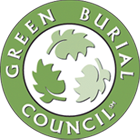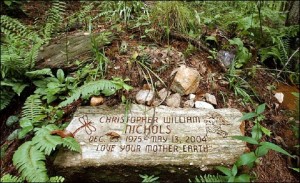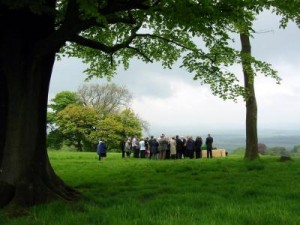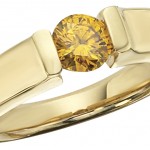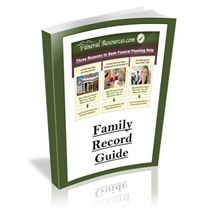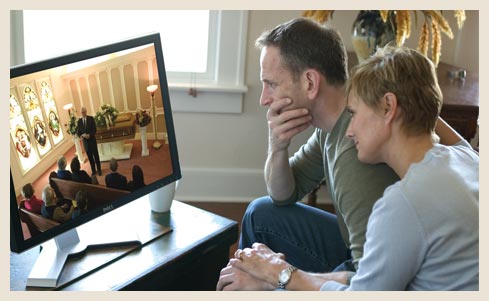Final Expense Insurance
Final Expense Insurance
Is it Ever too Late to Insure for Final Expenses?
You’ll be happy to know that it’s never too late to insure for final expenses; however, it’s not the type of purchase you make every day, so it’s always best to consult with a knowledgeable professional who can guide you towards the best choice for your circumstances. By its very definition, insurance is an agreement where someone pays a premium in exchange for a guarantee of compensation at an unknown future time of loss, like death.
With regard to purchasing insurance for final expenses, the general rule of thumb is to buy it when you are young and healthy. There is good reason for that. Nearly all life insurance and final expense polices require some degree of underwriting. Generally, rates are based upon age and health, so older individuals will almost assuredly pay higher premiums.
What is Final Expense Insurance?
Final expense insurance policies are not one-size-fits-all. Here’s a quick preview of a few different types of policies:
- Preneed Funeral Insurance – a policy, linked to a specific funeral service provider, that is in effect for your entire life once premiums are paid in full.
- Final Expense Insurance – a policy that isn’t linked to a funeral service provider and can be either term or permanent insurance.
- Burial Insurance – usually a term life insurance policy for a specified amount that is payable upon death to a named beneficiary.
Funerals are Expensive – and Prices Will Only Grow Higher
Few things are certain when planning for end-of-life expenses. However, one thing that is certain is that funeral expenses are increasing. According to the National Funeral Directors Association, the cost of a funeral with burial has risen 28.6% over the last decade. Considering current funeral costs of about $10,000 and future rising costs due to inflation, you’ll want to consider purchasing a policy sooner rather than later. As with any type of insurance, there comes a point where the cost of insurance surpasses the benefit that it provides. That’s the point where wise consumers choose to self-insure from their personal savings or other assets.
What is the Best First Step?
How do you decide which plan to purchase or if it makes sense to buy one at all? This is the time that it makes sense to consult with a funeral insurance professional that specializes in final expense planning—one who can review your individual needs, present you with sensible options, and guide you towards the best decision for your family. The best time to make insurance decisions is when you are calm and clear-headed. Give yourself peace of mind in knowing that you already have a plan for final expenses, so that you can focus on more important things at a future time that is sure to be wrought with emotion.


